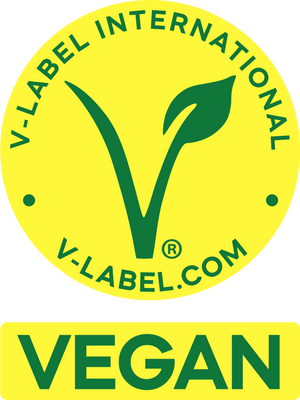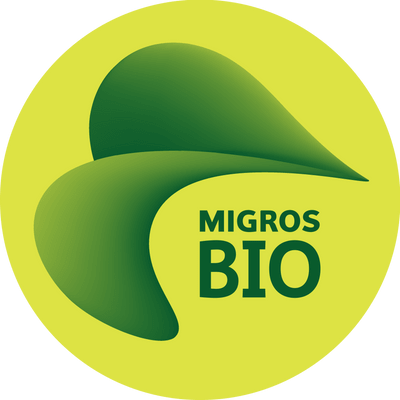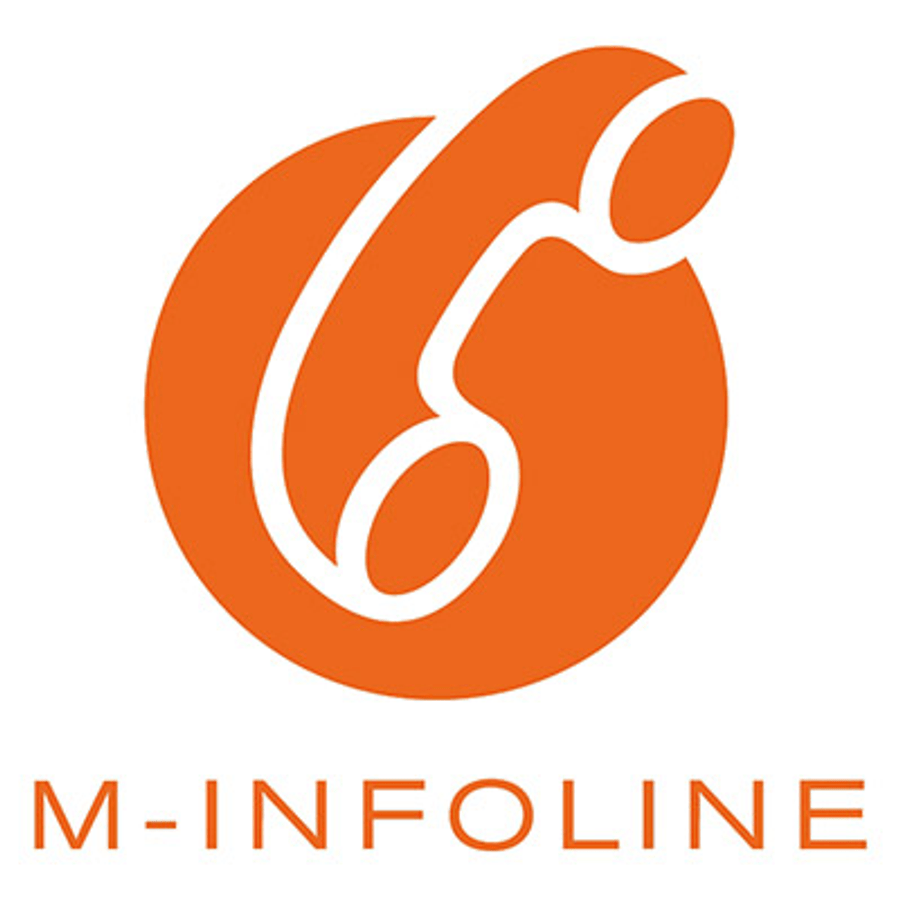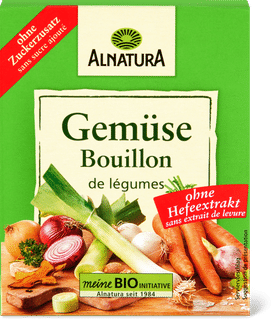Migros Bio Gemüsebouillon

Label: V-Label vegan 
Label: Migros Organic Guidelines

Log in and get involved!
Why? You can only test, rate and make Migros even better if you're logged in.
10 questions
Would it be possible to make this broth completely gluten-free? We would love it!!!!
Hello zwicky, we have gladly informed our specialist department about your comment. They will be happy to consider your suggestion when the range is next revised.
Until then, we ask for your patience and hope to continue welcoming you to our store - see you soon in your Migros! Best regards, your M-Infoline team
Log in and get involved!
Why? You can only test, rate and make Migros even better if you're logged in.
I have been using it for some time and it seems to be a good product. Recently, however, I have noticed tiny metallic-looking particles that glow against the light. Would anyone be able to explain? Thank you
Good morning silgia, thank you for your question. Unfortunately, it is not possible to process your request on the social media channel. Please contact our product experts and experts directly using our contact form, available here: https://help.migros.ch/it/prodotti.html. At the same time, please send us the minimum shelf life date and the production number listed next to it. A photo of the small particles might also help us. Best regards, Your M-Infoline Team
Log in and get involved!
Why? You can only test, rate and make Migros even better if you're logged in.
Maltodextrin: Why does the product have it? What is it needed for? How much of it is in the product?
Hello Wertekompass, maltodextrin is tasteless and gives the product more volume to improve dosage. The use of maltodextrin in these products is still common, even though efforts are being made to further reduce the use of maltodextrin where possible. If you are looking for a vegetable bouillon without maltodextrin, we recommend vegetable bouillon cubes. Best regards, your M-Infoline team
https://shop.migros.ch/de/search?query=bouillon%20würfel but there are no organic cubes?
Hello Wertekompass, we are happy to recommend Alnatura yeast-free vegetable stock cubes. Best regards, your M-Infoline team
Log in and get involved!
Why? You can only test, rate and make Migros even better if you're logged in.

Guest
Among the "new?" ingredients now also include glucose syrup, caramel sugar etc., so could you please also provide the current nutritional values?
Hello ivan92, here are the details for the organic vegetable bouillon as requested: Nutritional values per 100 ml: Energy 35 kJ (8 kcal) Fat Your M-Infoline Team

Guest
Could you also indicate the remaining nutritional values?
Hi ivan92, sorry, our last message was cut off. Here are the complete nutritional values per 100 ml: Energy 35 kJ (8 kcal) / fat <0.5 g / of which saturated fatty acids <0.5 g / carbohydrates 1.5 g / of which sugar <0.5 g / fibre <0.5 g / protein <0.5 g / salt 0.99 g Best regards, Your M-Infoline Team
Log in and get involved!
Why? You can only test, rate and make Migros even better if you're logged in.

Guest
Precisely because of the many questionable ingredients, it would be appropriate if they listed the ingredients on Migipedia and also in LeShop. Sometimes I have the feeling that the ingredients are deliberately not listed for some products if they are rather critical.
Hoi ivan92, thank you for your contribution. Wherever possible, we try to display all available data online as transparently as on the product itself. Unfortunately, due to the large number of products, we are not always able to display everything online, but we are of course constantly working to do so.
It is also possible to request the data at any time via the M-Infoline if you wish, and of course all the ingredients are listed on the product itself - so we are not hiding anything from you;-) The following ingredients are used in the organic bouillon:
Sea salt, BIO maltodextrin, BIO dried vegetables (onions, carrots, celery, pumpkin), yeast extract, BIO glucose syrup, BIO spices, BIO dried herbs, BIO vegetable extract, BIO seasoning, BIO dried mushrooms, BIO caramel sugar, BIO sunflower oil.
Best regards, Your M-Infoline Team
Log in and get involved!
Why? You can only test, rate and make Migros even better if you're logged in.

Guest
Hello
Are there any other undeclared ingredients or traces of allergenic substances in this bouillon?
Kind regards
Hello allergo
Thank you for your interest.
The ingredients in this organic product are weighed individually by hand. Therefore, apart from the celery contained in the recipe, no traces of allergens above the legal limit can be assumed
We hope this has been helpful and wish you an enjoyable rest of the week.
Your M-Infoline Team
Log in and get involved!
Why? You can only test, rate and make Migros even better if you're logged in.

Guest
You list maltodextrin as an ingredient in the organic vegetable bouillon, which may be genetically modified. Please inform me about this.
Hi SusiSunkist
Thank you for your comment.
We can answer you as follows:
The development of genetic engineering and its application are met with skepticism and concern among the population. Migros takes consumer concerns seriously by refraining from selling genetically modified foods such as fruit, vegetables and cereals. Migros avoids products made from genetically modified organisms (GMOs) as far as possible.
Migros allows additives that are produced using genetic engineering methods in a closed system. These include, for example, vitamins, enzymes and flavor enhancers. The end product does not contain any genetically modified organisms.
Migros takes its responsibility seriously and guarantees the highest level of safety with its guidelines and quality controls in order to avoid contamination with GMOs. The SQTS laboratories (Swiss Quality Testing Services) carry out random GMO analyses on risk products.
Migros relies on GMO-free food from Switzerland and abroad. Migros also guarantees GMO-free feed for Swiss and organic products as well as for TerraSuisse, Heidi and Aus der Region - Für die Region. Migros is the largest customer of Swiss agriculture.
We hope our answer is comprehensible.
Kind regards from the M-Infoline team
Log in and get involved!
Why? You can only test, rate and make Migros even better if you're logged in.
Is it possible that this product contains small amounts of lactose, even if it is not mentioned on the list of ingredients?
Hello melissa2000@gmx.de
Thank you for your comment.
The organic vegetable bouillon is produced in our dry blending facility. Due to the production processes, small traces of lactose may be detectable in the product. However, based on an allergen study, we can rule out that the legal limit of 1g/kg is exceeded in the product. Accordingly, in accordance with food law, the small traces of lactose are not labeled on the packaging.
If you are very sensitive to traces of lactose, we recommend the aha vegetable bouillon.
We wish you a lovely late summer's day!
Best wishes from the M-Infoline team
Log in and get involved!
Why? You can only test, rate and make Migros even better if you're logged in.

Guest
my favorite bouillon! i always have the feeling that it is only 3/4 full when i open it for the first time... either a smaller package or more filling would be great.
Dear guest
Thank you very much for your contribution. I'm glad you like our organic vegetable bouillon so much.
It is not possible to fill powdered products into a can on our systems without sufficient headspace. A powder mixture naturally has air pockets (like sifted flour). The product is fed into the packaging system via a large drop height and thus takes some additional air with it when it is weighed. Despite strong vibrations on the can, the powder remains about 15-20% more voluminous. After storage and during transportation, the powder collapses.
Please bear in mind that it is not possible to produce a separate can for each item, even though it has a slightly different specific weight. This would increase the costs of the entire production process enormously and would not be ecological. However, the weight of the bouillon corresponds to the printed information.
We hope this helps you and wish you a good day.
Best regards from the M-Infoline team
Log in and get involved!
Why? You can only test, rate and make Migros even better if you're logged in.

Guest
An organic boullon with yeast extract = glutamate, is that ok?
Hello swissfoodviet
The vegetable bouillon complies with the organic guidelines, all general conditions are met. As can be seen from the list of ingredients, this bouillon does not contain glutamate but yeast extract. According to organic regulations, the use of yeast extract is permitted in organic products, unlike glutamic acid and its salts (E620-625).
Have a nice rest of the afternoon and best regards.
Your M-Infoline Team

Guest
"complies with the guidelines" doesn't mean it's good! these guidelines may have been launched to protect the consumer. but thanks to lobbying and other influences from the food industry, the sad truth is that something that complies with the guidelines can still be very harmful.
yeast extracts are and act like glutamate. i don't want this additive in an organic bouillon. because it cannot be denied that yeast extracts are also harmful. and i cannot understand why migros sells products that are harmful to the consumer. i don't care whether guidelines are followed or not.
what's more, we now know that yeast extracts contain the same harmful acids as glutamate.
Hello guest
We would like to show you a few facts about yeast extract as a question/answer variation:
What is yeast extract?
Yeast extract is a natural ingredient made from yeast. It is the same yeast used by bakers, brewers and winemakers. Yeast extract has a similar spicy taste to bouillon and is therefore often used as an ingredient in savory foods. As a natural ingredient, yeast extract adds flavor and at the same time supports the original taste.
What is the difference between fresh yeast and yeast extract?
Yeast is the basic ingredient for yeast extract. Enzymes break down the proteins into their flavorful elements: This is yeast extract.
In which products is yeast extract used?
Yeast extract is used in most products available in the supermarket. Many popular sauces, bouillons, soups, meat dishes, ready meals and savory snacks are refined with yeast extract.
Is yeast extract also suitable for vegetarian cuisine?
Yes, although the taste is strongly reminiscent of meat stock, yeast extract is free from animal ingredients and is therefore equally suitable for vegetarian cuisine.
How much yeast extract is used in food?
As yeast extract has a strong taste of its own, it is only used in small doses. Even a small amount has a great effect on the special, savory taste. The concentration of yeast extract in food is usually less than one percent.
Is yeast extract a flavor enhancer?
Yeast extract is a natural ingredient and not a flavor-enhancing additive. Flavor enhancers such as monosodium glutamate (MSG) usually consist of only one ingredient and have no taste of their own. They are used to enhance existing flavors. Flavor enhancers are classed as additives and are therefore marked with an E number (E 620 - E 640) on the list of ingredients.
Yeast extract is a rich mixture of various amino acids, carbohydrates, vitamins and minerals. Like tomatoes, peas, mushrooms and cheese, it naturally contains glutamate. The amount of naturally occurring glutamate in yeast extract is usually 5 percent. If yeast extract is considered a flavor enhancer, then the same applies to tomatoes, peas and Parmesan cheese.
Does yeast extract contain glutamate?
Many fresh products naturally contain glutamate. We find it in tomatoes, peas and mushrooms, for example. Glutamate is also one of the many natural ingredients in yeast extract. Even our body produces glutamate. It is contained in our saliva and breast milk, regardless of what we eat. The proportion of glutamate in yeast extract is usually 5 percent.
Eating a tomato absorbs twice as much glutamate as drinking a cup of broth flavored with yeast extract.
How is yeast extract labeled on the list of ingredients?
Yeast extract is listed as "yeast extract" in the list of ingredients, but sometimes also as "natural flavoring". This labeling complies with the European Food Law.
Products containing yeast extract are often advertised as "without artificial additives" or "without flavor enhancers". How is this possible?
Yeast extract is a natural ingredient that consists of many flavor-enhancing components. The unique savory taste is the main reason why food manufacturers refine their products with yeast extract. Just as herbs and spices are used to influence the taste of food. Flavor enhancers such as monosodium glutamate merely strengthen existing flavors and are therefore labeled as flavor enhancers.
The label on the packaging refers to the fact that yeast extract is a 100 percent natural ingredient whose main property is to add flavor, not enhance it.
Best regards from the M-Infoline team
Log in and get involved!
Why? You can only test, rate and make Migros even better if you're logged in.






